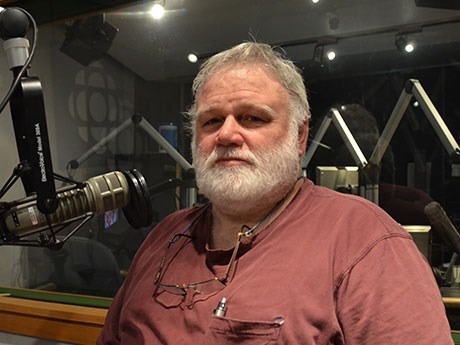Presentations on environmental radiochemistry, forensic microbiology and manufactured soil offer new solutions for mineral extraction and remediation
The 6th Mining and Environment International Conference in Sudbury June 20 to 25 served as a forum for the sharing of the latest research on the environmental aspects of mining.
Held every four years since 1995, the conference brings together students and professors in a variety of disciplines ranging from environmental science to biology, chemistry and earth sciences, along with consultants and industry representatives focused on the environmental aspects of mining.
This year’s conference, held at Laurentian University, attracted 200 delegates from across Canada and international jurisdictions, and featured 60 oral presentations, 40 posters, a trade show, a field trip to Elliot Lake and tours of Sudbury mining operations.
“We make a special effort to attract the next generation of professionals,” said conference co-chair and Laurentian University professor Graeme Spiers. “This year, for example, more than 50 per cent of the presentations were delivered by students. Everyone was very impressed with the quality of the research, the enthusiasm of the students and their commitment.”
The Mining and Environment Conference serves as an important means of knowledge sharing with other mining jurisdictions.
This year’s conference, for example, featured a series of presentations on environmental radiochemistry, which gave several Norwegian delegates working on environmental remediation in Central Asia an opportunity to learn about some of the progress made in Elliot Lake, said conference co-chair Peter Beckett, associate professor of Biology and a restoration ecologist with the Vale Living With Lakes Centre in Sudbury.
There is also a long-standing relationship with Moscow State University academics, several of whom were scheduled to speak at the conference, but stranded in Russia because of a delay in the processing of their visas.
“The Russians have made a lot of mistakes at their base metal mines in the sub-Arctic, so we can potentially learn a lot from each other,” said Spiers, who filled in for them with a presentation on how they’re using the Sudbury method and applying it to environmental degradation in the Kola Peninsula.
“The plan is to extend the Sudbury-Moscow State University collaboration over the next three or four years,” said Spiers.
Another important theme of the conference focused on ground-breaking research in microbiology.
Microbes have the potential to play an important role across the whole spectrum of mining activity – from extraction to cleanup, said Beckett.
“We can now do all kinds of rapid identification of microbes by extracting small amounts of DNA. It’s almost like forensic microbiology.
“We’re learning that it’s not just one or two bacteria in many of these processes, but hundreds of them all living together in a big commune. It’s a big breakthrough, not just for the mining industry but also for microbiology generally. I think we’re going to see a whole set of new discoveries as a result of this.
“In the past,” said Beckett, “we used to blame one microbe for something, but now we’re learning it’s a consortium of microbes. It’s not a single organism like the way we used to think. We now have the tools and the mathematics to understand the data we are generating.”
Also noteworthy as an emerging solution for environmental remediation of tailings and waste rock sites is the use of waste products from the forest industry to make artificial, or manufactured soils, said Beckett. (See Page 26.)
The next Mining and Environment conference is scheduled for June
2019.



